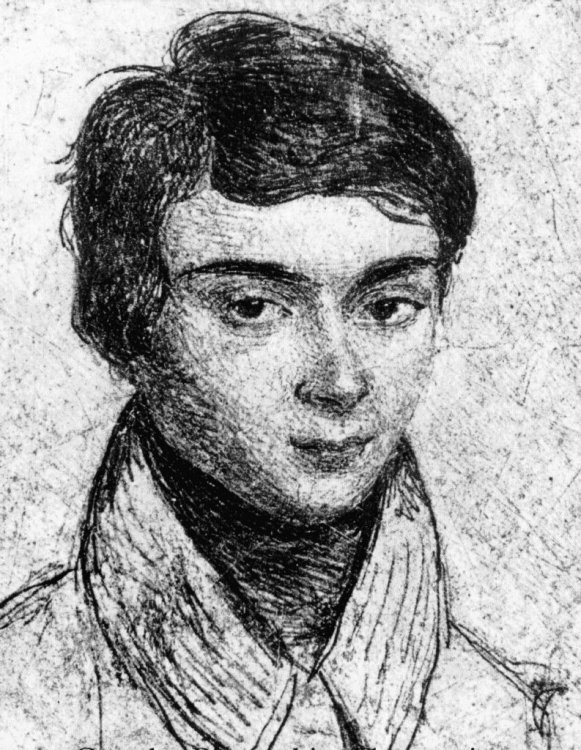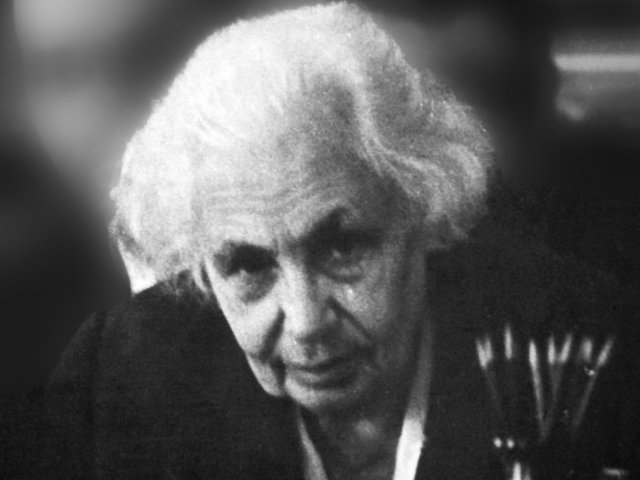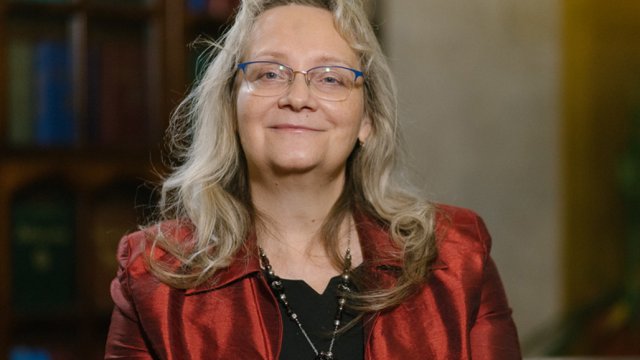Official:
Évariste Galois. October 25, 1811 – May 31, 1832. French mathematician, founder of modern higher algebra.
Life and Work:
1. In 1823, the Norwegian mathematician Niels Henrik Abel completed a study of a problem that had worried scientists since ancient times: he proved the impossibility of solving the general quintic equation in radicals. Abel found the necessary condition for the root of the equation to be expressed “in radicals” through coefficients of this equation. The sufficient condition was soon discovered by the French mathematician Évariste Galois.
2. Évariste Galois was captivated by Abel’s works and went much further. Upon learning of Abel’s early death, Galois was outraged. If only he knew what was waiting for him!
3. For a long time it was believed that Galois finished his most famous work on the night before the duel. It turned out not to be the case, but there were lots of other unusual things in Galois’ life apart from this.
4. Galois is sometimes compared to Joan of Arc, because both of them are on the list of significant figures who lived very little, but made a huge contribution to the history of mankind. The bullet of an unknown rival killed the great mathematician on the threshold of adulthood. He remained twenty years old forever.
5. Everyone knows that a scientist is a recluse not interested in anything other than science. Évariste Galois was completely different: born in 1811 in the Paris suburb of Bourg-la-Reine in a family of committed Republicans, he became a brilliant mathematician and an ardent revolutionary.
6. Galois started to read mathematical works relatively late – at the age of sixteen. But he published his first work only a year later in the Annales de Gergonne journal.
7. Paradoxically, his recognition was hindered by his talent. The genius’ solutions surpassed his teachers’ level of understanding. And Galois did not bother to explain things that were obvious to him!
8. Galois was twice rejected from Ecole Politechnique. The first time he did not condescend to explain, the second time he threw a rag at the teacher, failing to see even a spark of understanding.
9. In the end, Galois entered Ecole Normale. And Galois was expelled from there a year later for political activity. It was 1830 – France was shaken by the revolution, and Galois had time to get in prison twice.
10. His last place of residence was a hospital, where he was transferred from prison.
11. Politics still did not absorb Galois entirely. He was plagued by failures, venerable scientists lost his works, while the scientific community failed to understand them. The expected prize of the Academy went to Abel, but this did not break Galois. In the five years, which the fate allowed him to study science, Évariste Galois did much more than some people manage in a long life.
12. The sixty pages of works that Galois left are worth many volumes: this is the foundation of modern algebra.
13. “I have analysed several new ideas. One concerning the theory of equations; the other, integral functions. In the theory of equations, I have studied as to in which cases the equations are solvable by radicals, which has provided me with an opportunity to go into this theory in depth and describe all possible transformations on an equation, even when it is not solvable by radicals... After this, I hope there will be people who will profit by deciphering all this mess. Galois wrote this last letter to his friend Auguste Chevalier the night before the duel.
14. A few hours later, a bystander stumbled upon the wounded man, but attempts to save Galois failed – a shot in the stomach from a distance of several steps turned out to be fatal.
15. For two hundred years, there have been rumors that the reason for the duel was not an ordinary love story, but a conflict provoked by royalists. In the bloody moment, they did not know what they had raised their hand against.
16. Galois’ works were commented on and published fifteen years after the fatal duel.





















